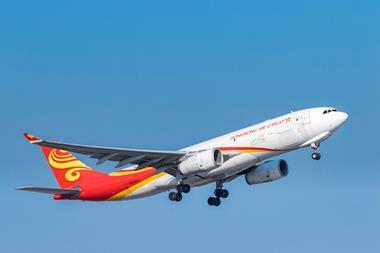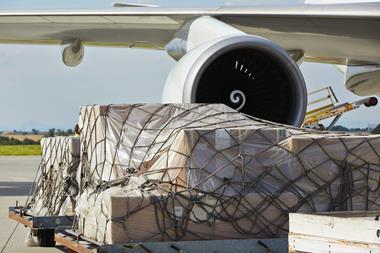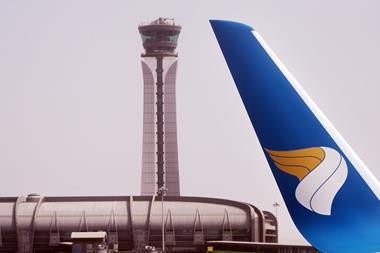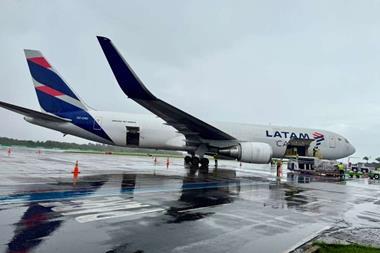Cargo is one of the main reasons carriers based in Asia continue to suffer from lower profitability levels than competitors from most other regions of the world.
Speaking at the Singapore Airshow Aviation Summit, IATA chief executive and chairman Tony Tyler said the overall airline industry was expected to return profits of $36bn in 2016.
On a passenger basis, airlines are expected to make $10 for each passenger carried, with North American carriers leading the way on $21 per person and total profits of $19.2bn.
Asia-Pacific airlines are expected to generate a $6.6bn profit that will equate to just over $5 per passenger.
Meanwhile, the earnings before interest and tax (ebit) margin for Southeast Asian carriers is 0.3%, the lowest among all regions except loss making Africa.
By comparison, IATA figures show the Middle East averaging 10.8%, Europe at 5.9% and North America at 13.8%.
Tyler said one of the main reasons for the lower profitability at Asian carriers was the level of participation in the cargo industry.
“Asia-Pacific accounts for some 40% of global air cargo and the business has never been so tough,” he said.
“Globally, air cargo revenues peaked at $67bn a few years ago. This year we anticipate revenues of $50bn. Capacity growth has put huge pressure on yields, too.
“I am still a long-term optimist on cargo, but there are severe challenges to improve the value proposition with improved technology and processes.”
Another reason for the lower profitability was the fact that airlines in the region purchase fuel using the US dollar, which has increased in value by around 20%, and therefore mitigated lower fuel price benefits.
Another reason, Tyler said, was the level of competition. He pointed out that low-cost carriers in Asia had a marketshare of 54% at a regional level – the highest in the world – and Middle Eastern carriers had expanded onto routes traditionally flown by Asian airlines.
Tyler's comments come shortly after he said the air cargo industry needed to adjust to the new normal of lower growth.










